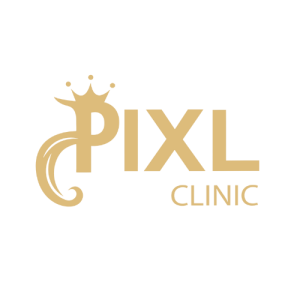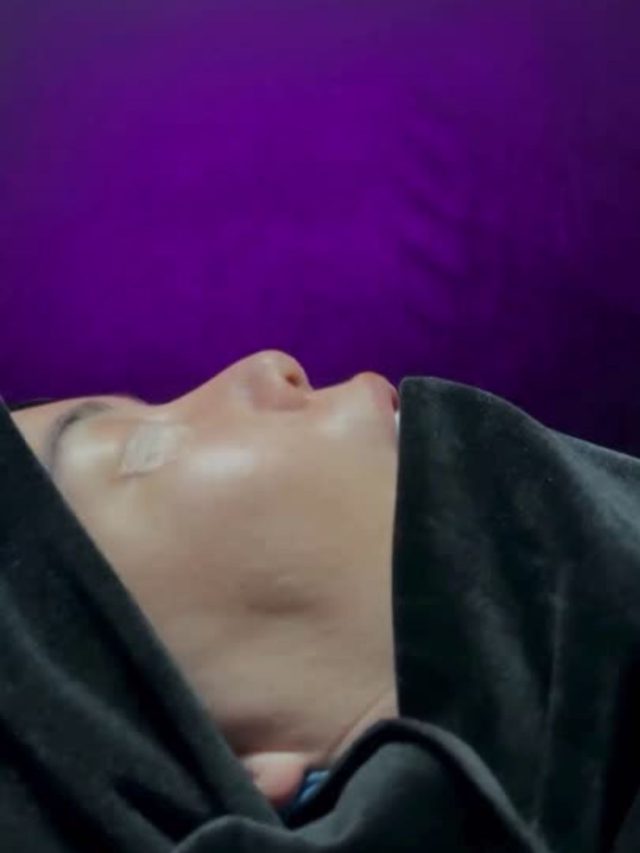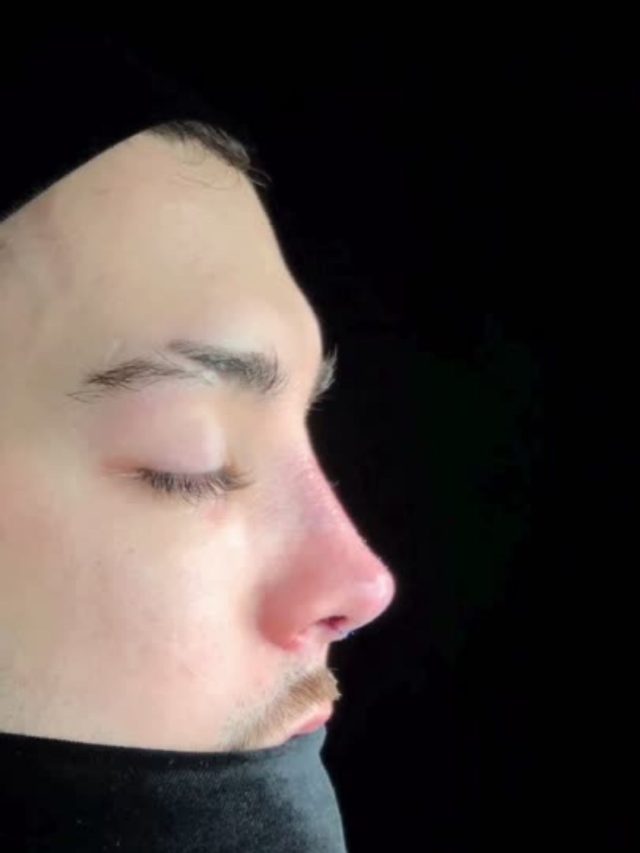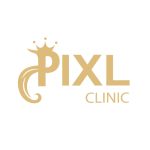Rhinoplasty in Turkey
Rhinoplasty in Turkey is a well-regarded option for those seeking cosmetic or functional nasal surgery. Here’s a detailed overview of what you should know if you’re considering this procedure:
Exploring Rhinoplasty in Turkey: A Comprehensive Guide
Rhinoplasty, or nose surgery, has become a popular cosmetic procedure worldwide, and Turkey is emerging as a leading destination for those seeking this transformative surgery. Known for its skilled surgeons, advanced medical facilities, and competitive pricing, Turkey offers a compelling option for individuals considering rhinoplasty.
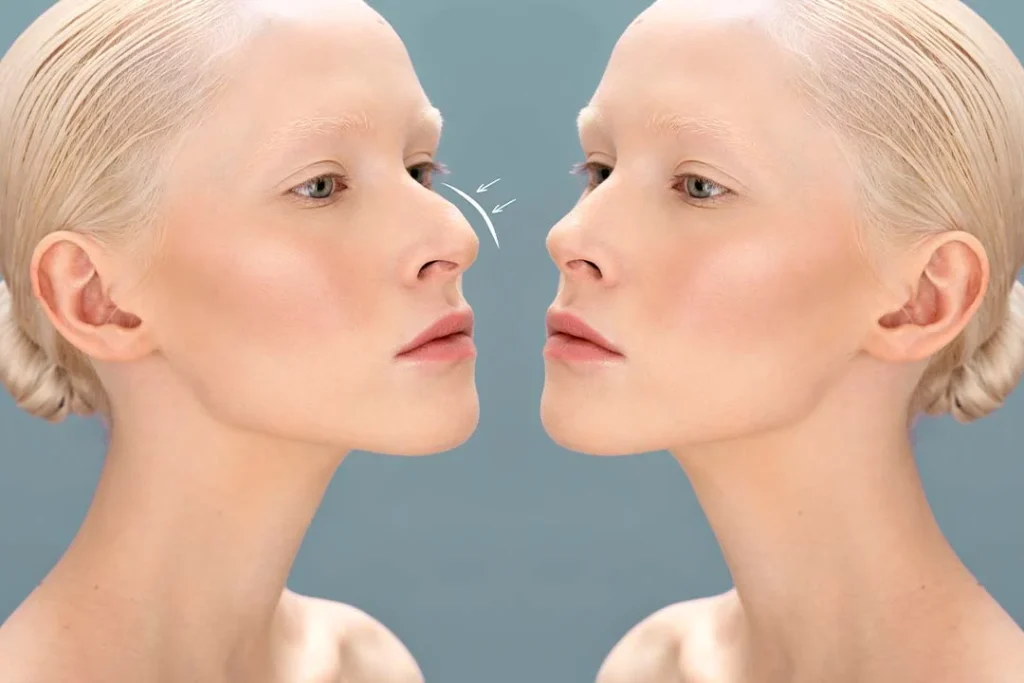
Exploring the Different Types of Rhinoplasty Turkey: A Comprehensive Guide
Rhinoplasty, commonly referred to as a nose job, is a versatile surgical procedure designed to reshape the nose. Whether for cosmetic enhancement or functional improvement, there are several types of rhinoplasty techniques, each suited to different needs and goals.
Open Rhinoplasty
What is it? Open rhinoplasty involves making an incision across the columella, the strip of tissue between the nostrils, and inside the nostrils. This method provides the surgeon with direct access to the nasal structures.
- Enhanced Visibility: Surgeons can see and access the internal structures of the nose more clearly, which is particularly beneficial for complex cases.
- Precision: Allows for more intricate reshaping and correction of nasal deformities or structural issues.
- Versatility: Ideal for major revisions or extensive changes to the nose’s shape and structure.
- Scarring: There is a small, often discreet scar on the columella that usually fades over time.
- Healing Time: Typically involves a longer recovery period with more swelling compared to closed rhinoplasty.
Closed Rhinoplasty
What is it? Closed rhinoplasty is performed through incisions made inside the nostrils, meaning there are no external scars.
- No External Scarring: All incisions are internal, so there are no visible marks on the outside of the nose.
- Less Swelling: Generally results in less post-operative swelling and quicker recovery compared to open rhinoplasty.
- Quicker Recovery: The absence of external incisions usually means a faster recovery time.
- Swelling and Bruising: Typically less than with open rhinoplasty, but the extent can vary.
- Final Results: May take several months to a year to fully see the results as the nose continues to settle.
Septoplasty
What is it? Septoplasty is a type of rhinoplasty focused on correcting a deviated septum, which is the cartilage and bone dividing the nasal cavity. This procedure aims to improve breathing and nasal function.
- Functional Improvement: Enhances airflow and relieves nasal obstruction, which can alleviate breathing difficulties.
- No Visible Changes: Focuses on internal nasal structures, so it doesn’t alter the external appearance of the nose.
- Functional Recovery: Often quicker than cosmetic rhinoplasty, but some nasal congestion and discomfort may occur.
- Healing Time: Improvement in breathing is often noticeable within a few weeks, but full healing can take longer.
Revision Rhinoplasty
What is it? Revision rhinoplasty, or secondary rhinoplasty, is performed to correct or improve results from a previous rhinoplasty. This type is often more complex due to altered nasal anatomy from the initial surgery.
- Corrective: Addresses issues from previous surgeries, such as asymmetry, breathing problems, or unsatisfactory cosmetic results.
- Tailored Approach: Surgeons use their expertise to adapt to the unique challenges posed by altered nasal structures.
- Complex Recovery: May involve a longer and more complex recovery period due to previous surgical alterations.
- Healing Time: Can vary widely depending on the extent of revision needed and the individual’s healing process.
Filler Rhinoplasty (Non-Surgical Rhinoplasty)
What is it? Filler rhinoplasty involves using injectable fillers, such as hyaluronic acid, to temporarily reshape the nose. This non-surgical option is suitable for minor aesthetic adjustments.
- Non-Invasive: No surgery or incisions are involved, making it a quick and minimally invasive procedure.
- Immediate Results: Visible changes can be seen immediately after the procedure.
- Temporary: Results last from 6 to 18 months, allowing patients to test changes before committing to permanent surgery.
- Minimal Downtime: Most patients experience only minor swelling or bruising that resolves quickly.
- Maintenance: Requires periodic touch-ups to maintain the desired appearance.
The Benefits of Rhinoplasty: Enhancing Appearance and Function
Rhinoplasty, commonly known as a nose job, is a popular surgical procedure designed to reshape the nose. While often associated with cosmetic enhancement, rhinoplasty offers a variety of benefits that extend beyond aesthetic improvements.
Enhanced Facial Aesthetics
- Rhinoplasty can significantly improve facial symmetry and balance. Whether you wish to correct a prominent nose, remove bumps, or refine the nasal tip, the procedure helps achieve a more harmonious facial profile.
- Surgeons work with patients to tailor the nose shape according to their individual features and preferences. This customization ensures that the results align with your desired aesthetic goals.
- Many individuals experience a notable boost in self-confidence and self-esteem following rhinoplasty. Improved facial appearance can lead to a more positive self-image and enhanced overall confidence.
Improved Nasal Function
- Functional rhinoplasty addresses structural issues within the nose, such as a deviated septum or enlarged turbinates, which can obstruct airflow. This correction can lead to significantly improved breathing and overall nasal function.
- By addressing nasal obstructions, rhinoplasty can sometimes reduce or eliminate snoring, leading to better sleep quality for both the patient and their partner.
- Improved nasal function can alleviate symptoms such as chronic congestion, sinus infections, and frequent nosebleeds, contributing to a better quality of life.
Long-Lasting Results
- Unlike temporary cosmetic procedures, such as injectables, rhinoplasty offers long-lasting results. Once healed, the changes to the nose are permanent, making it a reliable solution for those seeking enduring improvements.
- Functional corrections made through rhinoplasty can provide permanent relief from breathing difficulties and other nasal issues, offering lasting benefits to nasal health.
Restoration of Nasal Harmony
- Rhinoplasty can correct congenital abnormalities, such as a cleft lip or palate-related nasal deformities, helping individuals achieve a more natural and balanced nasal appearance.
- For individuals who have experienced nasal trauma or injury, rhinoplasty can reconstruct and restore the nose’s appearance and function, aiding in recovery from both physical and emotional impacts.
Psychological Benefits
- A more aesthetically pleasing nose can lead to an improved self-image and greater satisfaction with one’s appearance. This change can have a positive ripple effect on various aspects of life, including personal and professional interactions.
- Addressing features that cause self-consciousness can alleviate feelings of embarrassment or insecurity, contributing to better emotional well-being and a more positive outlook on life.
Functional and Aesthetic Integration
- Rhinoplasty often addresses both functional and aesthetic concerns simultaneously. For example, correcting a deviated septum can improve breathing while also refining the nose’s appearance, providing comprehensive benefits in one procedure.
- By taking control of both functional and cosmetic aspects of nasal health, patients can feel more empowered and satisfied with their overall appearance and well-being.
Understanding the Cost of Rhinoplasty in Turkey: A Comprehensive Guide
Rhinoplasty, or nose surgery, is a popular procedure for both cosmetic and functional reasons. Turkey has emerged as a leading destination for rhinoplasty, thanks to its skilled surgeons, advanced medical facilities, and competitive pricing.
Average Cost of Rhinoplasty in Turkey
The cost of rhinoplasty in Turkey is generally lower compared to many Western countries, making it an attractive option for international patients. As of 2024, the average cost for rhinoplasty in Turkey ranges from:
- Basic Rhinoplasty: $2,500 to $4,500
- Complex or Revision Rhinoplasty: $4,500 to $7,000
These prices typically include the surgeon’s fee, hospital or clinic fees, anesthesia, and post-operative care. It’s important to confirm with your clinic what is included in the cost to avoid unexpected expenses.
Rhinoplasty in Turkey: A Cost-Effective Option Compared to Other Countries
Rhinoplasty, or nose surgery, is a transformative procedure that can enhance both appearance and function. While rhinoplasty is available worldwide, Turkey has become a popular destination for patients seeking high-quality surgical care at a more affordable price.
Cost Comparison: Turkey vs. Other Countries
Rhinoplasty Costs in Turkey
In Turkey, rhinoplasty is known for its affordability while maintaining high standards of care. As of 2024, the average cost for rhinoplasty in Turkey typically ranges from:
- Basic Rhinoplasty: $2,500 to $4,500
- Complex or Revision Rhinoplasty: $4,500 to $7,000
Rhinoplasty Costs in Other Countries
Costs for rhinoplasty can vary significantly depending on the country and the factors involved. Here’s a general comparison:
United States: $8,000 to $15,000
- Costs are higher due to advanced technology, high surgeon fees, and additional overheads. Prices can vary widely based on the location and the surgeon’s expertise.
United Kingdom: $6,000 to $12,000
- Similar to the US, the cost in the UK reflects the high standard of care and advanced medical facilities. The National Health Service (NHS) offers some coverage for functional procedures, but cosmetic surgeries are typically self-funded.
Canada: $7,000 to $13,000
- Canadian prices for rhinoplasty are comparable to those in the US and UK, influenced by similar factors such as surgeon fees and clinic expenses.
Australia: $8,000 to $14,000
- In Australia, the cost is affected by the same factors as in Western countries, including high surgeon fees and operational costs.
Frequently Asked Questions
What is Rhinoplasty?
Rhinoplasty, also known as a “nose job,” is a surgical procedure designed to change the shape of the nose for cosmetic or functional reasons (e.g., improving breathing or correcting deformities).
Why is Turkey a popular destination for rhinoplasty?
Turkey has become a hub for medical tourism, including rhinoplasty, because:
- High-quality medical facilities and skilled surgeons.
- More affordable compared to countries like the US or UK.
- Comprehensive care packages that include accommodation, transfers, and post-operative care.
- Surgeons often have international experience and training.
What is the cost of rhinoplasty in Turkey?
The price of rhinoplasty in Turkey can vary based on the surgeon, clinic, and specific requirements, but it usually ranges between $2,000 to $5,000 USD. This is significantly lower than in many Western countries, where the cost can be $7,000 to $15,000 or more.
Is rhinoplasty in Turkey safe?
Many clinics in Turkey adhere to international medical standards, and surgeons are often highly trained. However, it is essential to do thorough research to choose a reputable clinic with accredited surgeons. Reading reviews and checking qualifications can help ensure safety.
What qualifications should I look for in a rhinoplasty surgeon in Turkey?
Look for:
- Board certification in plastic or cosmetic surgery.
- Experience and specialization in rhinoplasty.
- A portfolio of before-and-after photos.
- Positive patient reviews and testimonials.
How long do I need to stay in Turkey for rhinoplasty?
Most patients are advised to stay in Turkey for at least 7 to 10 days. This includes the surgery, post-operative check-ups, and a few days of recovery before flying home.
What is the recovery process like after rhinoplasty?
- First week: Swelling, bruising, and some discomfort are common. Most patients can return to light activities after one week.
- First month: Swelling decreases, and the nose starts to take shape. Most swelling resolves within the first month, but full healing may take up to a year.
- Final results: You may see the final shape of your nose after 6 to 12 months.
What are the risks of rhinoplasty in Turkey?
As with any surgery, there are risks, including:
- Infection.
- Bleeding.
- Anesthesia complications.
- Unsatisfactory results or need for revision surgery.
- Breathing difficulties post-surgery. Choosing an experienced surgeon reduces the likelihood of complications.
Will I need a revision rhinoplasty?
Some patients might require a revision rhinoplasty if they are not satisfied with the initial results, or if healing did not go as planned. However, most rhinoplasties are successful, and the need for revision is relatively low, around 5-10% of cases.
How do I choose the right clinic for rhinoplasty in Turkey?
Consider the following factors:
- Surgeon’s experience and specialization in rhinoplasty.
- Accreditation of the clinic.
- Patient reviews and recommendations.
- Before-and-after photos from previous surgeries.
- Transparency in pricing and package offers.
Are language barriers an issue when undergoing rhinoplasty in Turkey?
Pixl Clinic catering to international patients offer English-speaking staff, and some provide interpreters to ensure smooth communication throughout the process.
Is rhinoplasty covered by insurance?
Insurance typically does not cover cosmetic rhinoplasty. However, if the procedure is done for medical reasons (such as improving breathing or correcting deformities), some insurance providers may cover part of the cost.
What should I expect during the consultation?
During the consultation, the surgeon will:
- Examine your nose and facial structure.
- Discuss your goals and expectations.
- Show you potential outcomes using digital imaging.
- Explain the procedure, recovery process, and risks involved.
Are there non-surgical alternatives to rhinoplasty in Turkey?
Some clinics offer non-surgical rhinoplasty (using dermal fillers to adjust the shape of the nose). This is a temporary solution and is best for minor changes, but it cannot address functional issues like breathing difficulties.
What is included in rhinoplasty packages in Turkey?
Medical tourism packages often include:
- Surgery costs.
- Accommodation (hotel stay for recovery).
- Airport and clinic transfers.
- Pre- and post-operative consultations.
- Medication and follow-up care.
Can I combine rhinoplasty with other procedures in Turkey?
Yes, many patients combine rhinoplasty with other cosmetic procedures, such as chin augmentation, liposuction, or eyelid surgery, to achieve more comprehensive results.
If you’re considering rhinoplasty in Turkey, thorough research, proper planning, and choosing the right clinic and surgeon are crucial for a safe and successful procedure.
